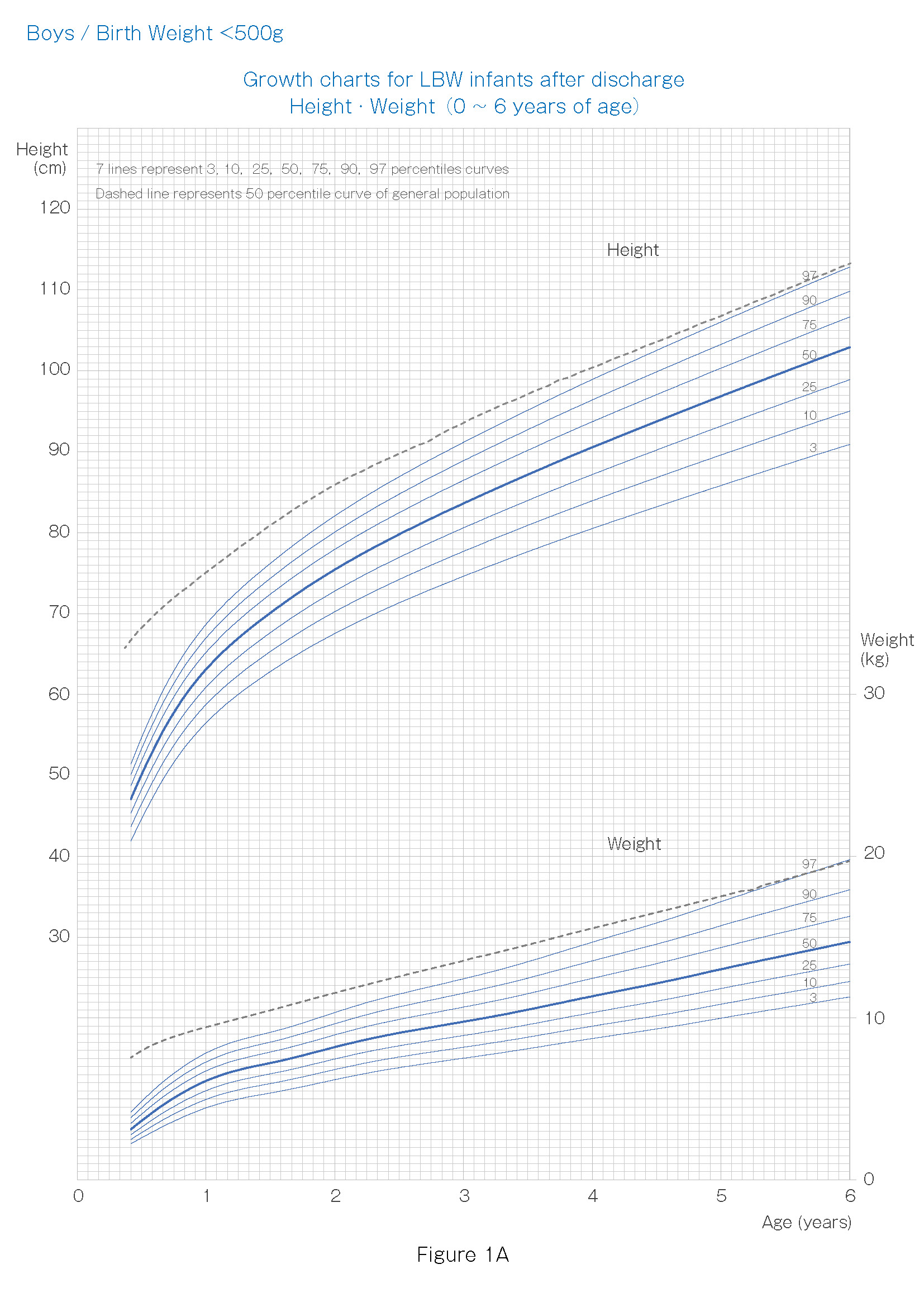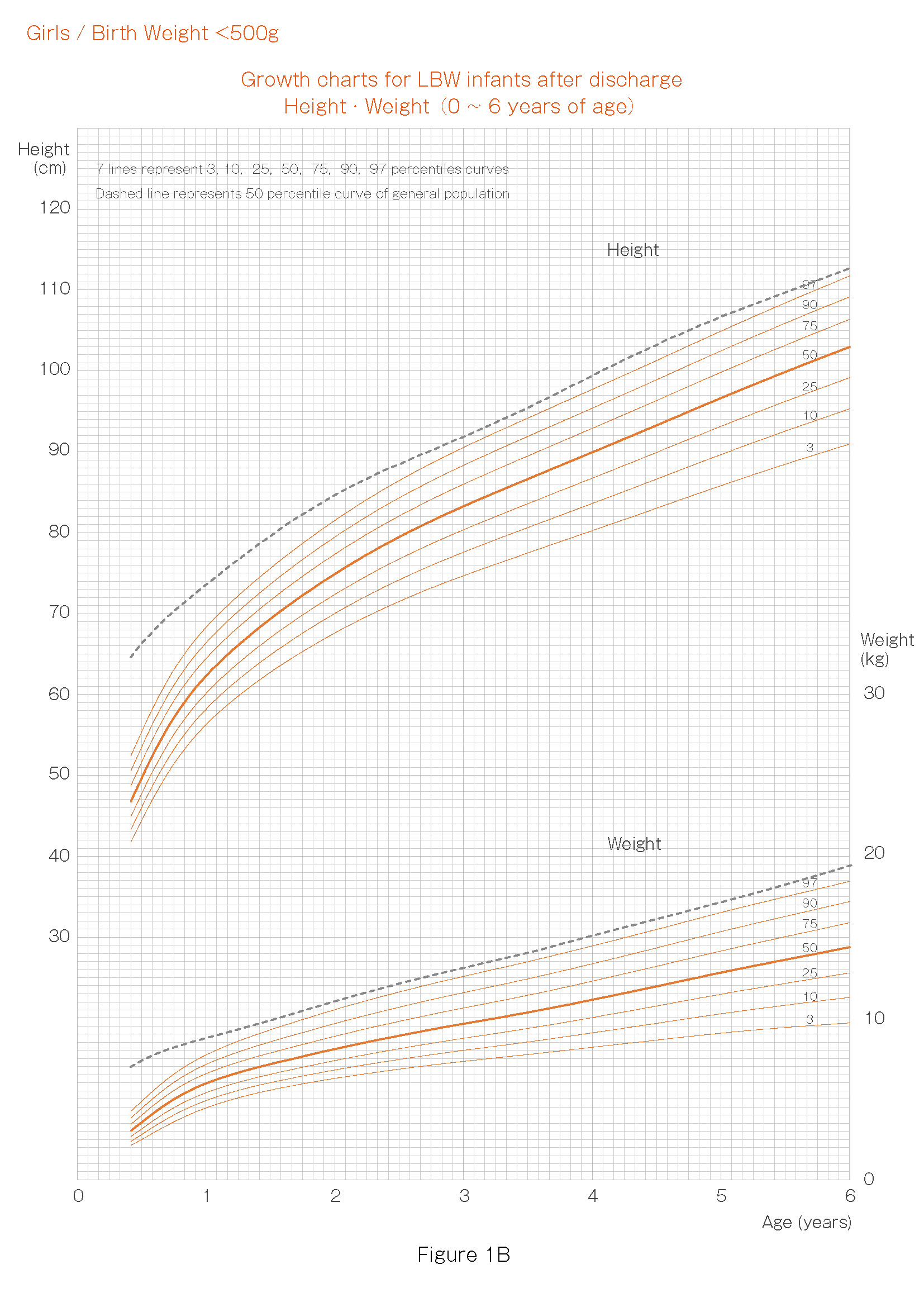Neonatology
Session: Neonatal Follow-up 2
505 - Growth trajectories of children born with a birth weight less than 500g from discharge to 6 years of age
Saturday, May 4, 2024
3:30 PM - 6:00 PM ET
Poster Number: 505
Publication Number: 505.1532
Publication Number: 505.1532

Yumi Kono, MD, PhD (she/her/hers)
Professor
Jichi Medical University
Shimotsuke, Tochigi, Japan
Presenting Author(s)
Background: Infants born with extremely low birth weight (BW) are at increased risk of chronic conditions in long-term, but their postnatal growth trajectories remain unknown.
Objective: To develop growth reference curves for the weight and height of children born with BW < 500g and to elucidate their catch-up growth to 6 years of age.
Design/Methods: The study included children born with BW < 500g between 2012 and 2016. Gender, gestational age (GA), weight and length at birth, major morbidities, and data on anthropometrics at hospital-visits after discharge were obtained retrospectively. Small-for-dates (SFD) was defined when both values of BW and length were below the 10th percentile on the Japanese neonatal anthropometric charts for GA at birth. Growth percentile curves for weight and height from 5 months to 6 years of age were developed using GAMLSS. Standard deviation scores (SDS) for weight and height at 6±2 months (M), 12±2 M, 36±2 M, and 60±2 M were respectively calculated using gender-specific growth standard charts for Japanese children. Catch-up growth was considered if weight or height exceeded -2.0 SDS for the reference populations. This study was supported by a Health Labour Sciences Research Grant (21DA1005).
Results: A total of 314 children (152 boys and 162 girls) from 49 facilities were included in the analysis. The mean(SD) GA was 25.0(1.9) weeks for boys and 24.6(1.8) weeks for girls. 104 boys (68%) and 94 girls (58%) were classified as SFD. The mean(SD) BW and length at birth were 440(46)g and 26.9(1.7) cm for boys, and 442(49)g and 27.1(1.6) cm for girls. Growth curves from 5 months to 6 years are shown in Fig. 1A (boys) and 1B (girls). Table shows the means of SDS for weight and height at 6, 12, 36, and 60 M of age. For boys/girls, weight catch-up rates were 0%/0% at 6 M, 6%/11% at 12 M, 24%/33% at 36 M, and 39%/42% at 60 M, respectively. Height catch-up rates were 0%/0% at 6 M, 2%/3% at 12 M, 35%/40% at 36 M, and 48%/49% at 60 M. In multivariate logistic analysis adjusting for GA, gender, and multiple births, no significant association was found between being SFD and lack of catch-up at 60 M of age for weight (OR:1.63, 95%CI:0.76-3.46) or for height (OR:1.24, 95%CI:0.59-2.60). Cerebral palsy (OR:2.78, 95%CI:1.04-7.39) and developmental delay (OR:2.39, 95%CI:1.21-4.74) related to lack of catch-up for height.
Conclusion(s): Approximately half of the children born with BW < 500g did not achieve catch-up growth to -2.0 SDS of the general population by 60M of age. This suggests the necessity for long-term assessment and support for the physical growth in children born with extremely low BW.


.jpg)
